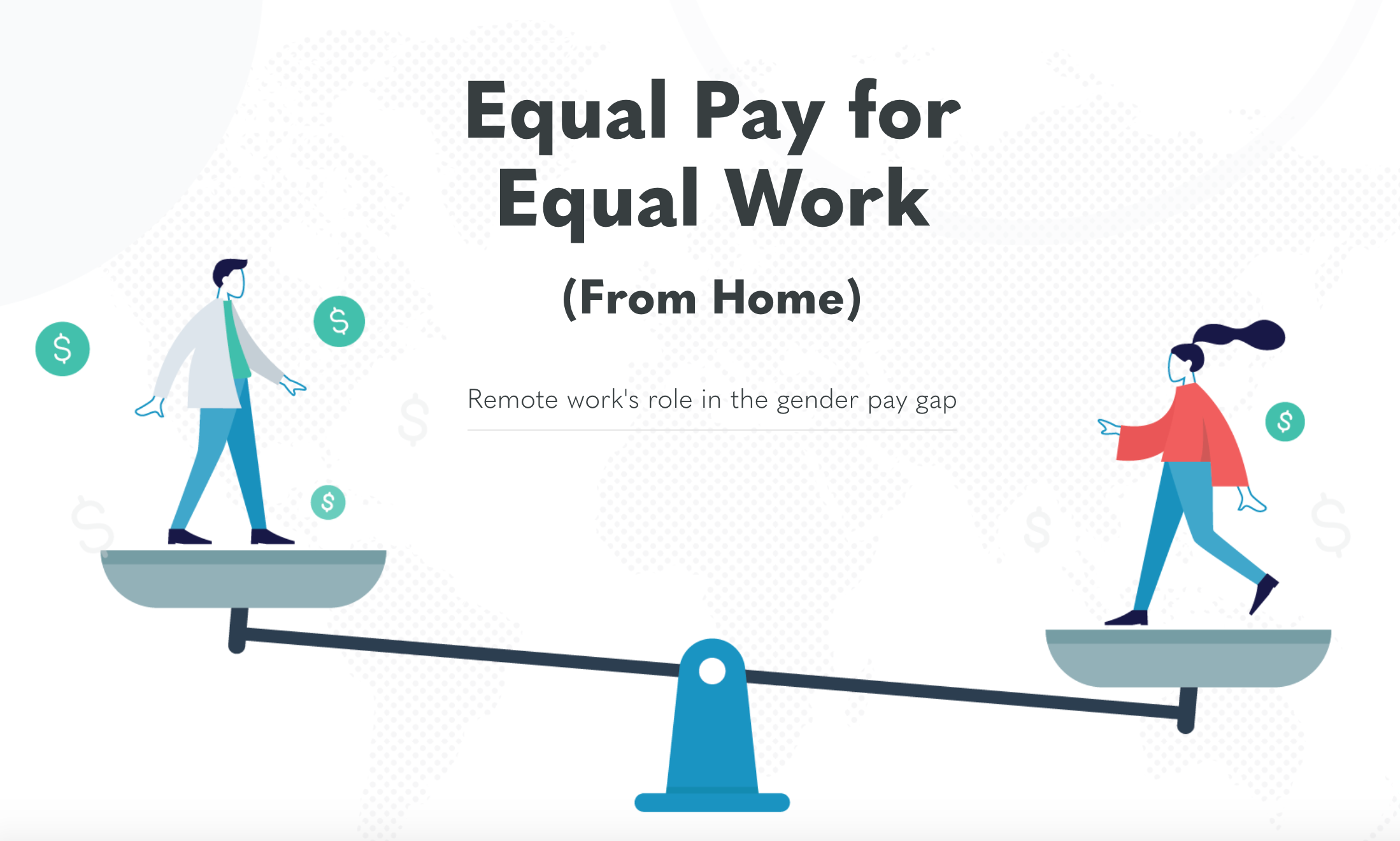

Women face wider pay gaps in male-dominated occupations and industries. For example, women are more likely to be in positions of service, education, healthcare support, and other fields associated with “nurturing,” while men are more likely to be in positions of problem solving and wealth management. Unconscious bias informs what types of careers are “suitable” for women versus men, which are indoctrinated at a young age, as well as which types of jobs are worth more.

#EQUAL PAY FOR MEN AND WOMEN DRIVER#
Occupational segregation based on gender norms is one driver of the overall pay differences between men and women. This in turn is an indicator of how wealth and power are gendered and that women’s roles are often less valued within our society. The uncontrolled gap, sometimes called the opportunity gap, is an indication of what types of jobs - and associated earnings - are occupied by women overall versus men overall. The uncontrolled gender pay gap measures how women are paid compared to men holistically.īoth the uncontrolled and controlled gap are important for understanding how society values women. The controlled gap measures “equal pay for equal work,” meaning how women are paid compared to men in the same job. The gender pay gap can be calculated in two ways. In other words, women who are doing the same job as a man, with the exact same qualifications as a man, are still paid less than men for no attributable reason, year over year. Although $0.99 cents may seem very close to $1, small differences in earnings on the dollar can compound over the course of a lifetime career. The controlled pay gap tells us what women earn compared to men when all compensable factors are accounted for - such as job title, education, experience, industry, job level, and hours worked. The controlled gender pay gap is $0.99 for every $1 men make, which is still not equal. This is one cent nearer to closing the gender pay gap compared to last year. In 2023, for every $1 that men make, women earn $0.83 when data are uncontrolled. Since we have started tracking the gender pay gap, the difference between the earnings of women and men has shrunk, but only by an infinitesimal amount each year. However, our data will also show that the gender pay gap is starting to close in some sectors and locations, which could be expedited by pay transparency legislation. As our data will show, the gap is wider for women of color, for women at higher job levels, and for women in certain occupations and industries. The presence of the uncontrolled gender pay gap tells us the distribution of high-earning prestigious jobs in society favors men, while the presence of the controlled gender pay gap tells us that women are still being paid less than men when doing the same jobs. In observance of Equal Pay Day (March 14, 2023), Payscale has updated our annual Gender Pay Gap Report (GPGR).Īlthough the uncontrolled gender pay gap has closed by one cent in 2023, there remains a disparity in how men and women are paid. The gap between what women and men are paid persists year over year, indicating that the reasons for the gender pay gap are systemic. The gender pay gap is based on data science and studied by multiple accredited institutions working on independent data sets. The gender pay gap measures the difference in pay between men and women and reflects how society values the work of women less than the work of men.


 0 kommentar(er)
0 kommentar(er)
